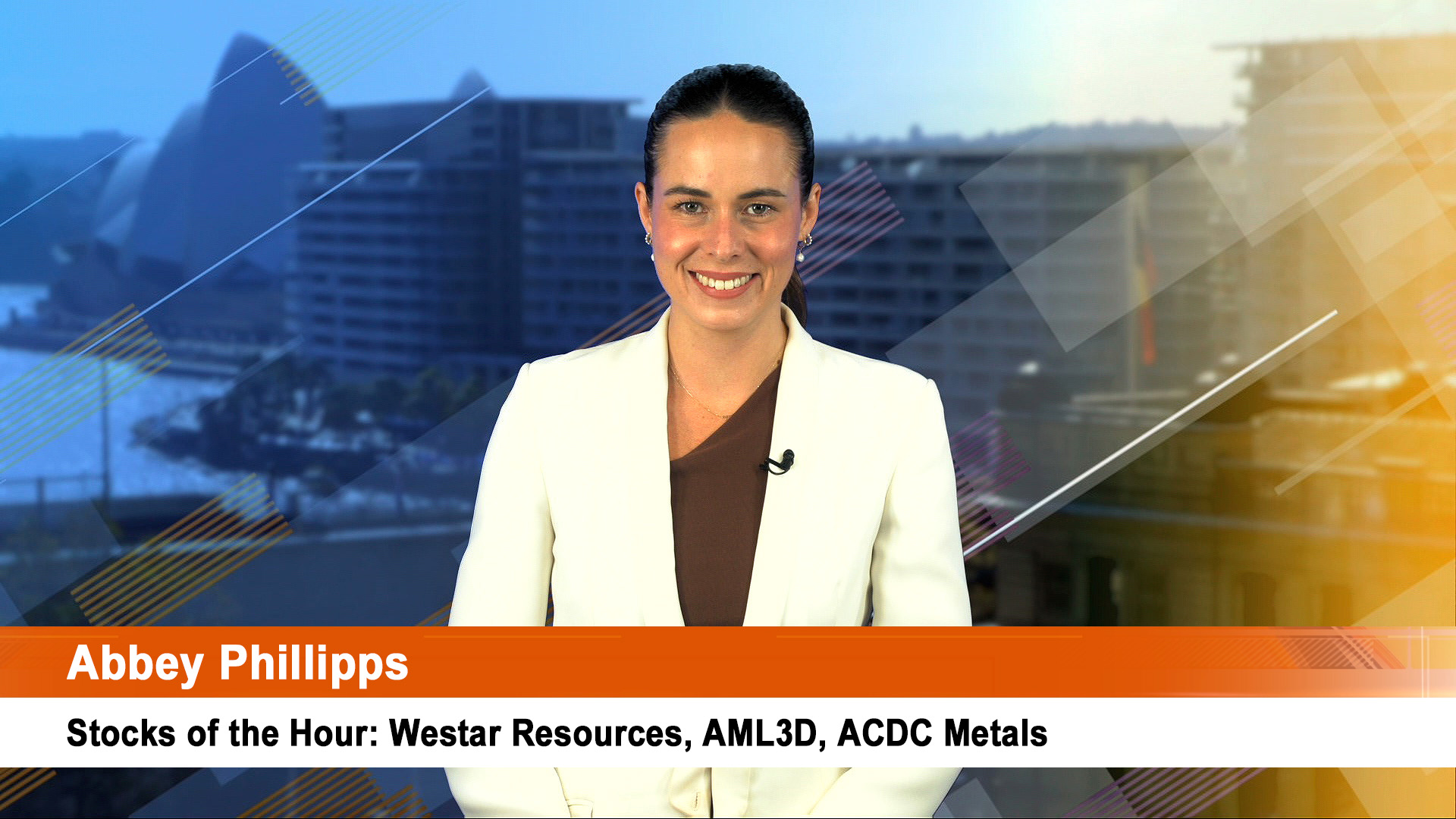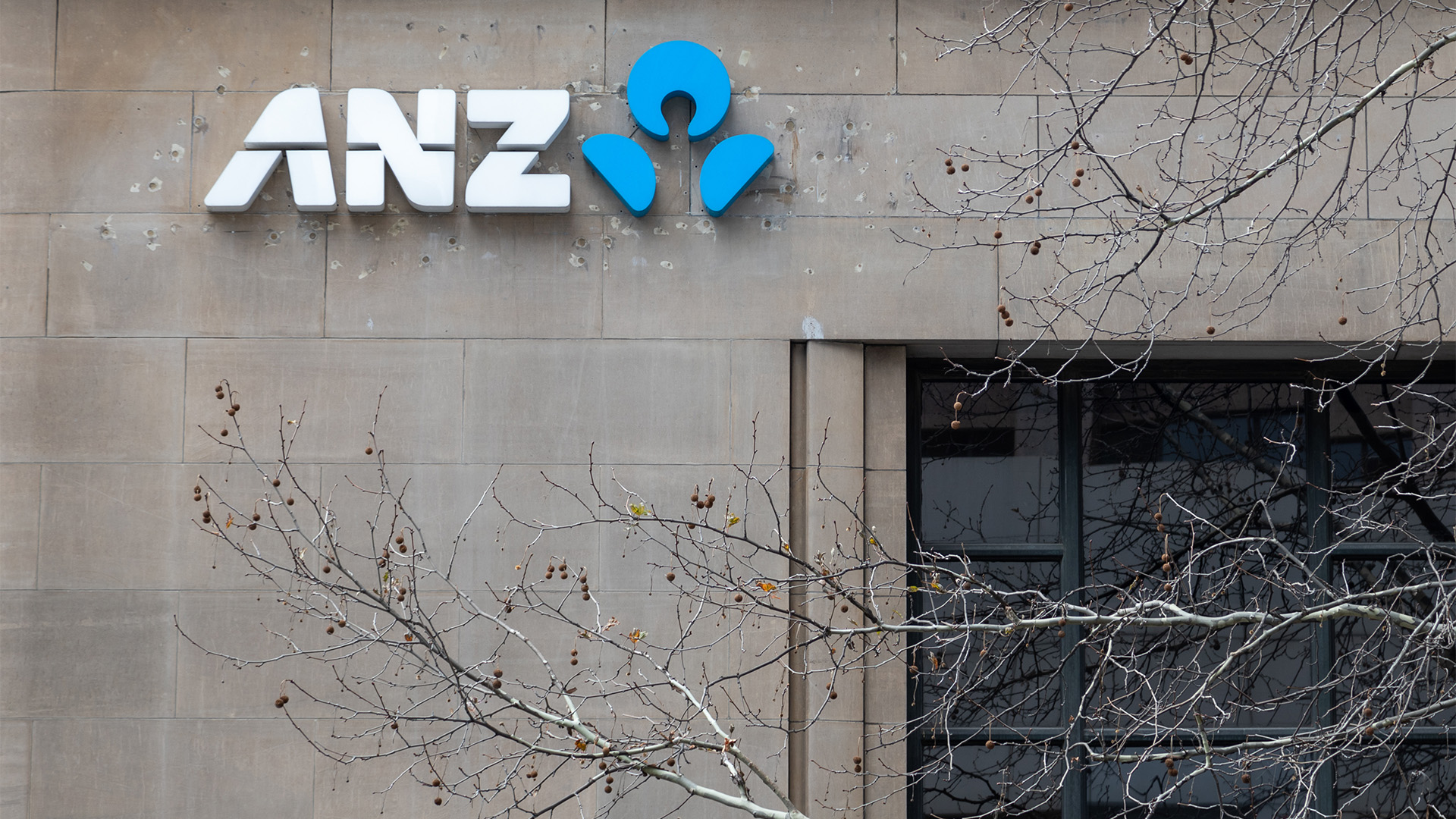Our market’s going to start softer this morning for a couple of reasons – the first is the Fed’s decision to continue its $US85 billion of stimulatory spending, the second, and of greater importance, is the media report that suggests that bank regulators have effectively capped dividends and capital management plans for our four big banks.
Given that the National Australia Bank reports its 2012-13 results this morning, and Westpac is down to report next week – the media report in The Australian Financial Review effectively kills off speculation that the highly profitable banks will be able to pay special dividends, or engage in share buybacks.
The ANZ seems to have set the upper limit this week when it lifted its final dividend by 13% for the full year and 15% for the final (91c a share v 79c for the second half of 2011-12. It’s clear that regulators wants bank management to accumulate more capital and not return it to shareholders.
The ANZ said it had set a range of 65% to 70% of net profit for dividend payments to shareholders. That would have had to been given the nod by APRA. That will allow a slow rise in dividends, so long as revenue and earnings continue to rise.
Seeing bank earnings are growing faster than revenue (the ANZ grew revenue by 3% and earnings by 11% for the year to September 30), dividend growth will slow while the big four banks build bigger capital reserves.
Many analysts and shareholders have been looking for higher dividends and special payments like Westpac did in May of this year with an interim payment of 86c a share and a special payment of 10c a share. A repeat of that by Westpac and other banks now seems to have been ruled out.
The AFR said the move by the Australian Prudential Regulation Authority is in response to the way the big four banks are simply ‘too big to fail‘ because of the way they dominate banking (more than 80%) and the economy (around 26%) of GDP based on a combined market value of more tan $400 billion).
The paper said APRA wrote to banks last week telling them they should maintain "adequate capital buffers" and then followed up with telephone calls that specified dividends. The calls revealed that regulator is about to release details of the capital levels for the big four, who will be known as domestically systemically important banks. The size of the extra capital buffers are likely to be released before the end of the year.
In other words, they will be designated too big to fail and will have to carry extra capital, as are big banks in the US, Canada, Europe and the UK. Our banks will also have to carry extra capital in NZ as well where they dominate the economy.
The APRA move, which has been coming for a while, following similar moves offshore, seems to have been timed around the full year reporting period for three of the big four – ANZ, NAB and Westpac.
The move will effectively put a cap on the surge in bank shares in the past year – for example the ANZ is up more than 34% in the past year.
The NAB management will be the first to be in a position to comment on the APRA move when they face the media and investment analysts later this morning.
NAB shares fell almost 1% ahead of the bank’s earnings report this morning
NAB shares dropped 45 cents to $36.23, while ANZ gained seven cents to $33.70, Commonwealth Bank added 22 cents to $77.01 and Westpac was 30 cents higher at $34.90.
Since the start of October, CBA is up 5.8%, ANZ up 3% and Westpac up 2.1% The share prices of all the three banks have also reached all-time highs this month (Westpac yesterday).
In contrast, NAB shares have gained just 2% for the month but are still near six-year highs.
But the increase is still a third of the 6.2% gain in the financial sector of the wider market. A continuation of that strength will now be in doubt until APRA signals that the banks have built bigger enough capital buffers.
Given the way the banks also dominate the market, this news will overshadow the Fed’s latest monetary policy statement which contained a couple of hints that a slowing in its $US85 billion a month of bond buying might be closer than thought.
In fact a few US analysts say that subject to there being no surprises in data for October and November, it wouldn’t surprise if the Fed announced it was starting to slow its stimulatory spending at the two day meeting in December.
This suggestion seems to have been behind the zig zag trading patterns in the wake of the Fed’s statement – the Aussie dollar took the news as read and fell more than half a US cent to trade around 94.50. It then recovered to around 94.80 US c at 7.30 am in Asian trading.
Wall Street closed weaker, but the losses were less than they were in the wake of the Fed’s statement.
Overnight trading in the share price index futures contract show a fall of at least 15 points when local trading resumes this morning. The fall had been as high as 25 points in earlier trading.
The Fed left monetary policy on hold, saying conditions were too soft to start ‘tapering’ its bond buying program. But it indicated the three week shutdown on the US government and the confusion over the debt ceiling, has had little lasting impact on the economy.
US oil prices fell top just over $US96 a barrel, the lowest since late June, while Comex gold prices lost half a per cent. US bond yields rose as traders worked out the Fed statement was tougher than it looked on the question of slowing the pace of the huge spending program.
Today’s weakness for the local market will come after the ASX saw a rebound yesterday.
Other markets in Asia rose solidly yesterday as well ahead of the Fed announcement this morning.
The ASX200 index rose 15.4 points, or 0.3%, to 5430.9, while the All Ords added 14.7 points, or 0.3 %, to 5425.4.













